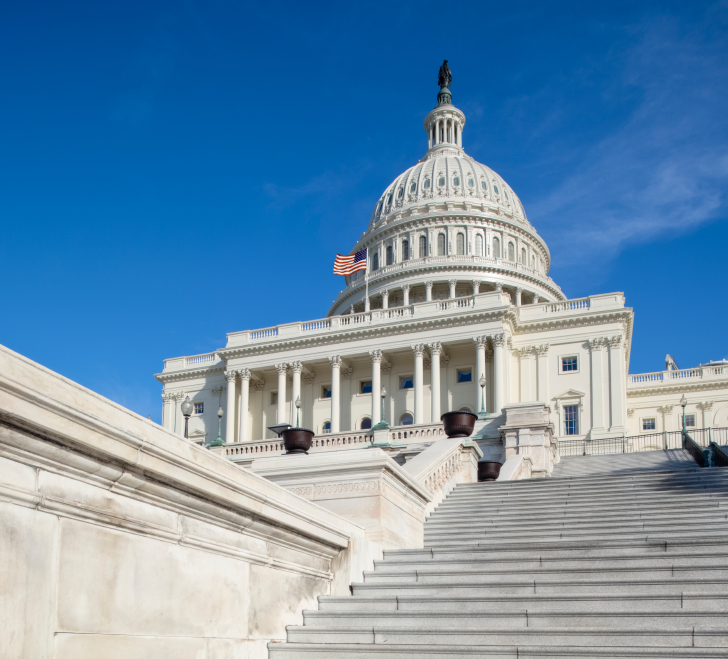Abortion rights, women of color, and LGBTQIA+ people are under attack. Pledge to join us in fighting for gender justice.
What The American Families Plan Means for Women

Every working caregiver I know has at one point thought to themselves, “How can it be this hard?” The thought may have come to mind in the pre-dawn hours, rocking an early rising baby, ticking down the minutes before getting ready for work. It might have been stepping outside the job for a hurried call with a parent’s doctor. For many women, it may have been late in the evening, after hours of backbreaking labor for an inadequate paycheck, faced with the prospect of doing it all over again in the morning. And for many women, for whom caregiving for children, seniors, or people with disabilities, is their paid work, it may have come while contemplating how they can pay their own rent or care for their own families when their pay is so low. Over the course of the pandemic, the answer to this question has become excruciatingly clear: it is this hard for so many women because policymakers, employers, and the market have taken for granted that the impossible math problem of caregiving will be solved with women’s underpaid and undervalued labor.
The American Families Plan proposes to make historic investments to change the unworkable calculus of caregiving and ensure an equitable economic recovery. These investments will support working women, bolster families’ well-being and economic security, advance racial and gender equity, and foster an economy that works for all of us.
- First, the American Families Plan would invest $425 billion in child care and early education. Its child care investments will help ensure that low- and moderate-income families can access high-quality child care in a variety of settings, with payments on a sliding scale ranging from fully covered to 7 percent of family income. The American Families Plan would invest $200 billion to partner with states to offer free, high-quality, accessible preschool to all three- and four-year-olds. In addition, the American Families Plan would increase compensation and professional development for early childhood providers and educators–a workforce that is overwhelmingly made up of women, and disproportionately women of color. These investments would help women stay in the workforce and bolster their earnings, support children’s early learning and development, and stimulate equitable economic growth.
- Second, the American Families Plan would create a national, comprehensive paid family and medical leave program that would allow workers to care for a new child or a seriously ill family member, deal with their own illness, sexual assault or domestic violence, bereavement, or a family member’s military deployment. The program would provide workers with up to $4,000 per month of their average wages, with people in low-wage jobs receiving a higher percentage of their wages. When fully implemented, this program will guarantee 12 weeks of paid leave, at an estimated cost of $225 billion over 10 years. The plan also calls for the passage of the Healthy Families Act to allow workers to accrue seven paid sick days each year. The American Families Plan would help ensure that workers, and especially workers of color who are least likely to have access to paid leave, do not have to choose between caring for their own health or for a loved one, and a paycheck.
- Third, the American Families Plan proposes to extend the improvements to critical refundable tax credits for families that were enacted in the American Rescue Plan. It would make the full refundability of the Child Tax Credit permanent, ensuring that low– and moderate–income families can access the full amount of the tax credit. It would also extend the increased credit amount, eligibility of children through age 17, and advance payments of the credit until 2025. It would also make the American Rescue Plan’s expansions to the EITC for workers not claiming children and to the Child and Dependent Care Tax Credit permanent. These expanded tax credits would especially benefit women, children, and families of color by putting more dollars in families’ pockets to help them make ends meet, cutting child poverty, and bolstering the wages of workers who otherwise would be taxed into poverty.
In addition, the American Families Plan would make significant investments in nutrition assistance, post-secondary education and teacher training, and would tie automatic adjustments in Unemployment Benefits to economic conditions. Importantly, these investments would be paired with rollbacks of the 2017 tax law’s tax cuts for the wealthy, increased tax rates on investment returns, and boosted funding for IRS enforcement so that the wealthy can’t evade our tax laws. These tax policy changes would not only make more revenues available to invest in our shared priorities, but advance race and gender equity in the tax code.
The historic proposals in the American Family Plan show that the Biden-Harris Administration is prioritizing an equitable recovery, but we know even more is needed to make an equitable and inclusive economy a reality for all of us.
- For example, we need to make the full investment to build the comprehensive child care and early learning system for children birth to age 13 that children, families, early educators, providers, employers, and communities need, which has been estimated to cost at least $700 billion.
- We must guarantee that workers who take time to care for themselves or their loved ones do not risk their jobs when they take this leave. Without job protection, many working people will be unable or unwilling to take leave out of a fear that they might lose their jobs. We must also ensure that paid family and medical leave is provided to all working people, regardless of employer size, occupation, or part-time status.
- We also need to ensure that low- and moderate-income families will continue to receive the increased Child Tax Credit, including the larger credit for very young children, and that they can continue to receive some of their credit amounts throughout the year, so that the historic reduction in child poverty, especially among children of color, will not vanish after 2025. In order to avoid putting child well-being at risk, we need to make all of the American Rescue Plan’s improvements to the Child Tax Credit permanent.
- To provide more resources to invest in an equitable economic recovery, and increase gender, racial, and economic equity in the tax code, we need to explore other options to tax wealth and intergenerational wealth transfers.
The pandemic demonstrated the catastrophic consequences of policymakers’ longstanding refusal to center the needs of women of color, and women more generally, in our economic systems and structures. The American Families Plan recognizes that we cannot afford go back to the inequitable and unsustainable pre-COVID status quo. We applaud President Biden’s recovery plan and look forward to working with the administration and Congress to take the next steps to build an economy that works for everyone.







